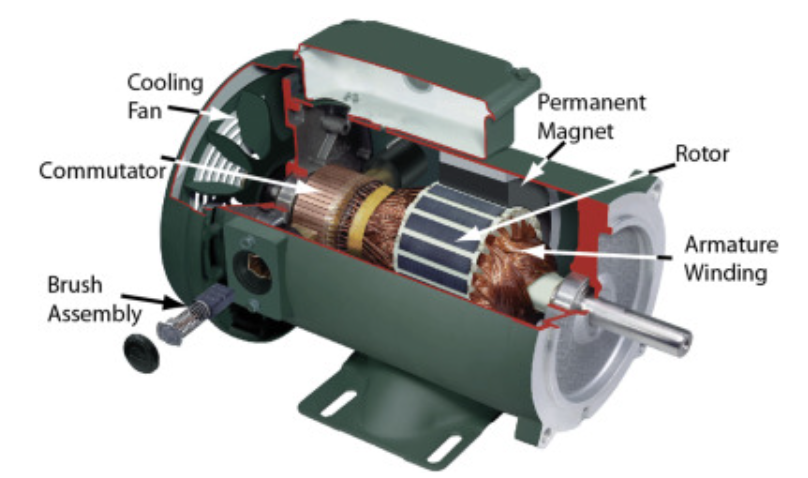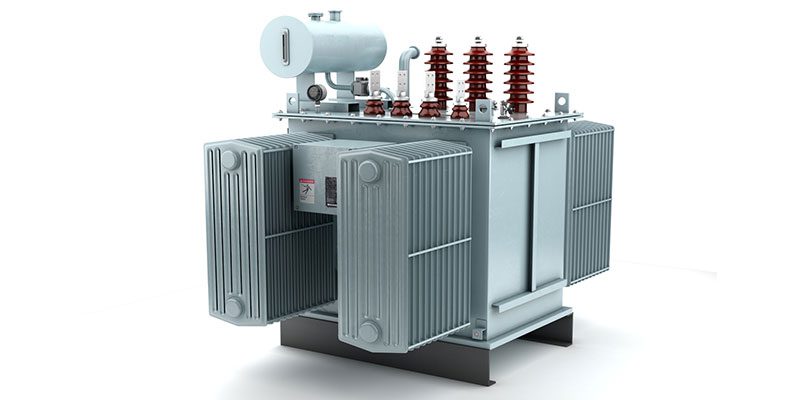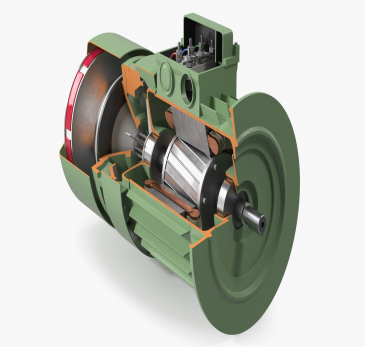
DC Machines and Transformers Explained:
Powering the Past, Present and the Smart Grid Future
Have you ever watched a train pull into a station, a welding robot spark to life, or the lights flicker during a voltage dip?
From industrial motors to the heart of every power supply—DC machines and transformers are the hidden giants that make electricity useful.
But here’s the kicker:
Once you understand how these electromechanical beasts work, you unlock the design secrets behind EVs, automation systems, smart grids, and power electronics.
Welcome to the machine room of modern electrical engineering.
What Are DC Machines and Transformers?
They’re not just lab experiments or old-school tech.
DC Machines (Motors and Generators) convert electrical energy to mechanical motion and vice versa—offering precise speed control, high torque at low speed, and critical backup power functions.

Transformers step voltage up or down efficiently—enabling transmission, distribution, and load-level balancing. They’re the backbone of the grid and power every charging station and substation around you.
And guess what?
Both operate on Maxwell’s laws, magnetic flux, and winding design—the fundamentals that still fuel AI-driven energy systems today.
Core Concepts You’ll Master
DC Machines Demystified
- EMF equation, back EMF and torque equation
- Armature reaction, commutation, and losses
- Shunt, Series, Compound motors – Working and applications
- Speed control techniques (field control, armature control, voltage variation)
- Generator characteristics and load tests
Transformers: Silent Power Shifters
- EMF equation of a transformer
- Ideal vs Practical Transformers
- Voltage regulation and efficiency
- Auto-transformers and instrument transformers
- Equivalent circuit and phasor diagrams
- Open-circuit and short-circuit tests

Real-World Engineering in Action
From Trains to Transformers:
Electric locomotives still rely on DC series motors for their insane starting torque.
Inside EV Charging Stations:
Behind every high-speed charger? You’ll find a step-down transformer, magnetic design optimisation, and loss minimisation math at work.
In Automation & Robotics:
Need precise motor control? Separately excited DC motors dominate industrial robotics and CNC machines.
Course Highlights: What You’ll Learn
Electrical Machine Fundamentals
- Construction, working and types of DC machines and transformers
- Electromagnetic torque generation
- Testing procedures and performance analysis
Testing and Efficiency
- OC/SC tests, Hopkinson’s test
- Load characteristics and efficiency plotting
- Voltage regulation analysis
Who Should Take This Course?
- Engineering students (EEE, Power, Auto, Mechatronics)
- Polytechnic and diploma students
- Faculty creating labs for machines and energy systems
- Power sector trainees and government staff
- EV, automation, and grid modernisation startups
Once you understand these, you understand:
- Regenerative braking in EVs
- Energy storage systems
- Smart inverter-backed grid control
Ready to Energize Your Engineering Journey?
[Join the Course Now – DC Machines & Transformers].
Don’t just learn machines. Design with them.
Build the future of power, motion, and intelligent grids—starting here.
Watch this video to learn more about DC Machines and Transformers.







